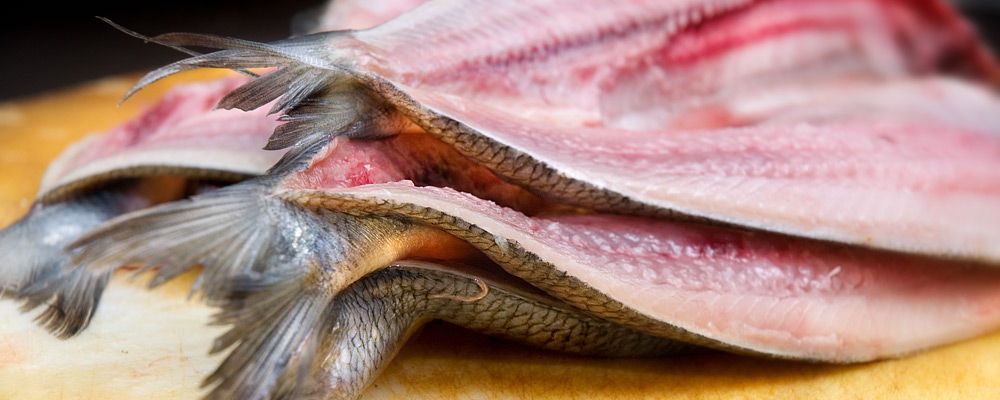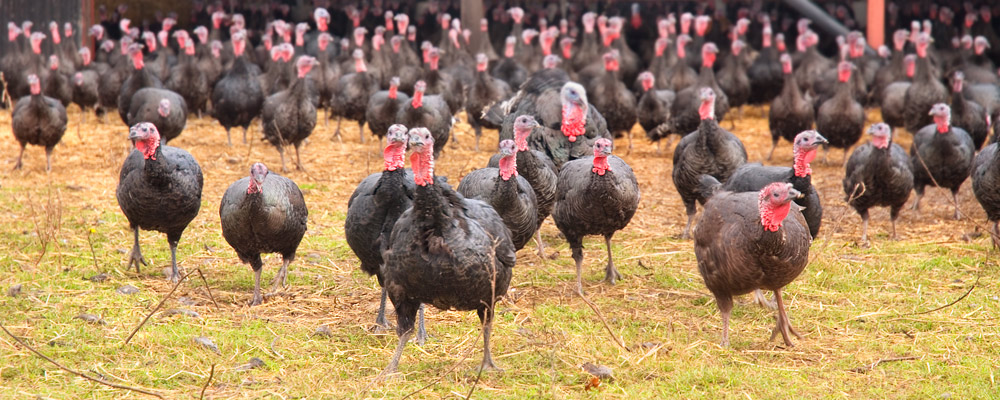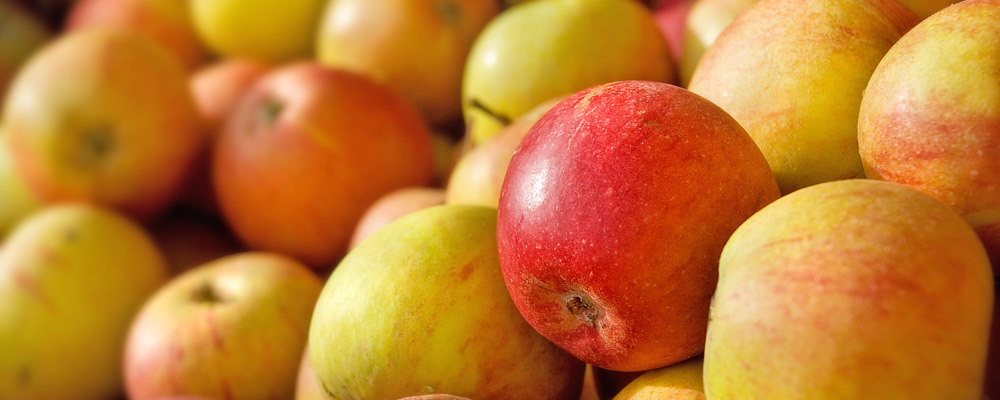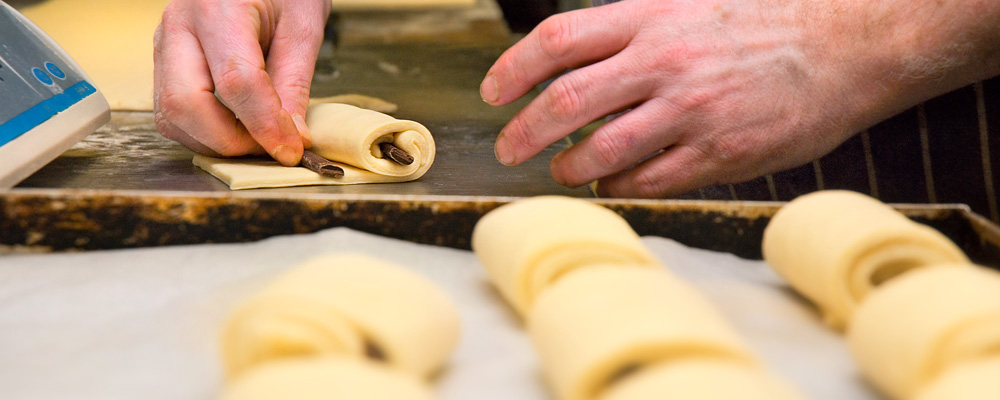
Norfolk Food and Drink
Every summer and autumn in recent years, Norwich has led a celebration of the best of Norfolk’s incredible food and drink, culminating in the EDP Adnams Norfolk Food and Drink Festival which this year takes place between 31 August and 6 October. Stephen Browning and photographer Daniel Tink take a look at this bountiful and unique feast for foodies whilst remembering things were not always so fine.
Not much to boast about at one time
It is probably fair to say that, until the past decade or so, Norfolk has been seen by some of our neighbours as having little to boast about when it comes to food: as a son or daughter of East Anglia, it was a subject best avoided unless you could guide the conversation around to herrings, turnips, turkeys or beer. My Oh My, how things have changed now! Not only do we have the best fruit, game, meats, veggies, preserves, honey, pork pies, sausages, crabs, lobsters and cakes in the land, but we are rapidly ‘catching up’ in previously neglected areas such as wine, bread and fine dining establishments. It is not hard to see why the Norfolk Food and Drink Festival each autumn has become the UK’s number one and a mecca for food lovers from all around the world.Our schools are involved, too: throughout the Summer and Autumn of 2013 6 Primary Schools in Great Yarmouth and Norwich have come together to learn how to grow and cook their own food.
Food from the sea
Travelling back a thousand years, Norfolk was famous primarily for seafood – crabs, lobsters, mussels, whitebait and herrings. The herrings were so sought after that, each year, it was ordered that a gross of pasties, each containing one fish, should be sent to the powers-that-be in Norwich who would inspect them before sending the consignment to the King in London. They were even – like Norwich beer – accepted in lieu of taxes.
The Romans must also have loved it here also for their favourite food was fish sauce – made from marinating oily fish for weeks or months. Pliny records that it was prized to such a degree that only fine perfume was more expensive to buy.

Norfolk Kippers from the Cley next the Sea Smokehouse
I’ve just invented the kipper!
Many years later, the kipper was ‘invented’. In 1850 a fisherman by the name of John Woodger had a massive catch of herring in Yarmouth. He sold some but, not knowing what to do with the rest, he split and hung them in a hut kept warm by oak chippings. And Lo! When he returned to sort out his catch, he found he had created something new to eat. The bloater was subsequently ‘invented’ also – this is much the same but the whole fish is smoked for a shorter time and is consequently especially succulent and juicy.
It was possible until the 1930s to send a box of bloaters to your nearest and dearest from Yarmouth in much the same way as cream is sent from Cornwall although, I should imagine, considerably less popular with the postman and those whose letters travelled in the same consignment!The Cromer crab and lobster are supreme in taste because, according to Shawn Grey, a fisherman we became friendly with when researching Norfolk food and who sets off from Cromer at four each morning, ‘the ground they feed on is rich in food – other much bigger specimens come from around the world, especially Canada, and people think they are great value for money but you get far more prime meat from the smaller ‘home’ crabs and lobsters’.
A Victorian foodie treat
The precursor of the current Norfolk Food Festival was probably the annual Whitebait Festival which took place every Whit Monday all along the north Norfok Coast. Whitebait – not a type of fish, actually, but sprats and tiny herrings which travelled in great shoals in an attempt at safety – were once so plentiful on the coast that tons were ‘exported’ to London restaurants which could not get enough. Alas, now, stocks are greatly depleted.
Talking turkey
Usually, people associate Norfolk with turkeys, especially the Norfolk Black which came over from South America in the 1500s and was just saved from extinction in the 1950s. The modern turkey actually dates back about a million years. Nowadays one of the most popular in East Anglia is the the Woodland Bronze. They are fully mature at about 24-27 weeks.

Woodland Bronze turkeys from Great Grove Poultry in Norfolk
An apple a day
Many folk are surprised to hear that the Fine City was once famous for apples. In Tudor times, Norwich was described as ‘a city in an orchard or an orchard in a city’, so many were the trees to be seen everywhere. Some types may have been lost for good but every now and again an ancient strain is found in an overgown field somewhere, so hope remains. Some magical names are Norwich Jubliee, Norfolk Coleman, Colonel Harbord’s Pippin, Happisburgh, Norfolk Royal, Lynne’s Pippin, Caroline – from Blickling Hall and named after Lord Suffield’s wife, St Magdalen, Sandringham, Harling Hero and Norfolk Green Queen. An interesting statistical snippet is that the young females of Norwich – classified for survey purposes as between 25 and 35 – hold the UK record for the consumption of apples, namely one a day.

Delicious sweet Norfolk Cox Apples
Drinking in the Fine City
Beer has always been a famous Norwich commodity. There has been, until very recently when the last brewery was pulled down, a tradition of brewing in King Street that has lasted since at least 1563. Up to the second half of the 20the century Norwich was dominated by the legendary beer makers Bullards, Steward and Patteson, Morgans, and Youngs Crawshay and Youngs. Alas, the industry declined but a real and successful fightback began in the early 1970s. There are now over 40 breweries operating in Norfolk and more ‘specialist’ or ‘micro’ breweries than anywhere else in the world.You only need to go to a food festival any time of the year in Norwich and buy some lovingly produced bottles of ales, stout and porter to bear witness to the health of the smaller firms now operating. Best of all is a visit to the Fine Ale in the Fine City festival which takes place usually about May/June time in the ecclesiastical surroundings of St Andrews Hall, in the very same room in which, on 26 June 1867, Charles Dickens gave a reading of A Christmas Carol in which the joyful festivities are aided and abetted by liberal amounts of ‘Smoking Bishop’, a luscious Victorian punch made of port, red wine, lemon, oranges, sugar and spices.
There has always been also a less joyful side to Norwich drinking. Some areas of the city, in particular the area of Coslany which is now completey rebuilt, had so many ‘pubs’ – often actually front rooms of private wretched houses, the residents of which would buy a barrel of beer from the brewers just up the road and sell it on trying to eek out a living – that as late as the 1920s the city council was becoming seriously alarmed at the ugly brawls and poor health of the locals.
Bread, jellies, pickles, beef and cheese
There are many other aspects to Norwich’s pre-eminence as a foodie heaven. Unfortunately, we only have space here to briefly mention some of them. There are a number of very serious bakeries, such as John Grimsby Watt’s Pye Bakers just on the edge of the city where they produce perfect criossants, tarts and breads and partner Jenny can often be found selling them at the Forum and other Norfolk markets.
There has been a renaissance in the manufacture of brilliant cordials, jellies, jams, pickles and chutneys by dedicated entrepreneurs such as Liz Joint who cooks in her own kitchen in a 16thcentury cottage in the village of Bunwell. Top quality meat such as Aberdeen Angus beef is very much in evidence and we have to thanks the incredibly hard-working farmers like Jane Cargill and her daughter, Lesley-Anne at Foxley Wood Farm and others in the county. Cheeses? In Norfolk? Well, yes, there are a few fine samples to be tasted now.
I think Norfolk people are a hard-working and modest bunch on the whole, but perhaps we can be forgiven for a little glow of pride as we think of our Fine City, Fine Food, Fine Beer, Fine Chefs and Fine Dining. Our heritage is unique.
Norfolk Food and Drink, Written by © Stephen Browning 2013 | www.facebook.com/stevebrowningbooks
Photography © Daniel Tink 2013
Daniel Tink and Stephen Browning are the co-authors of Norfolk Food Heroes, published by Halsgrove at £14.99


